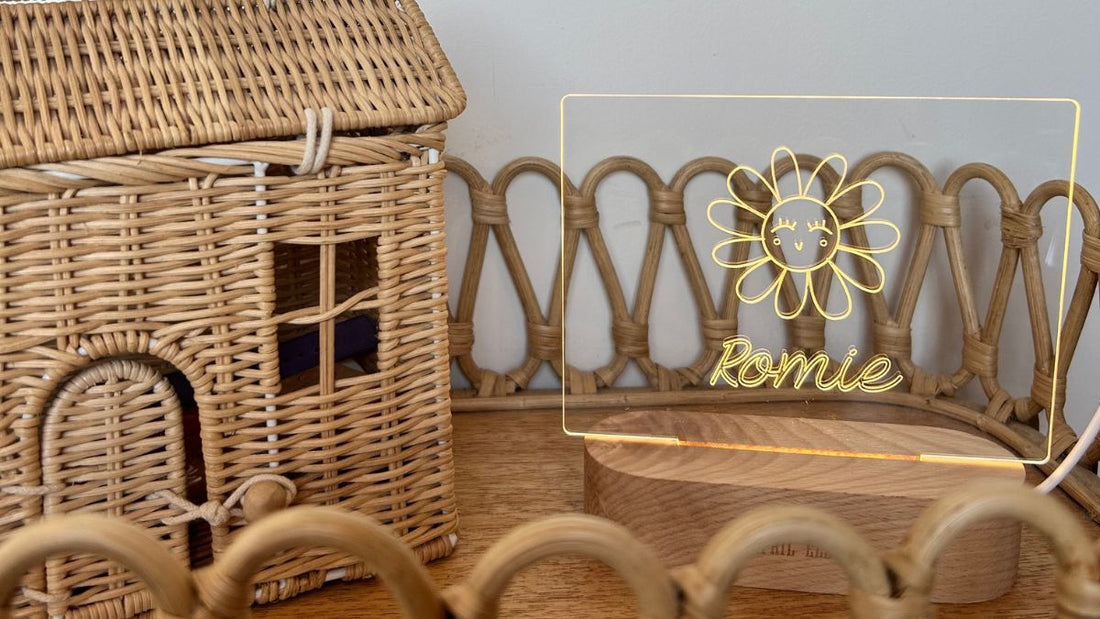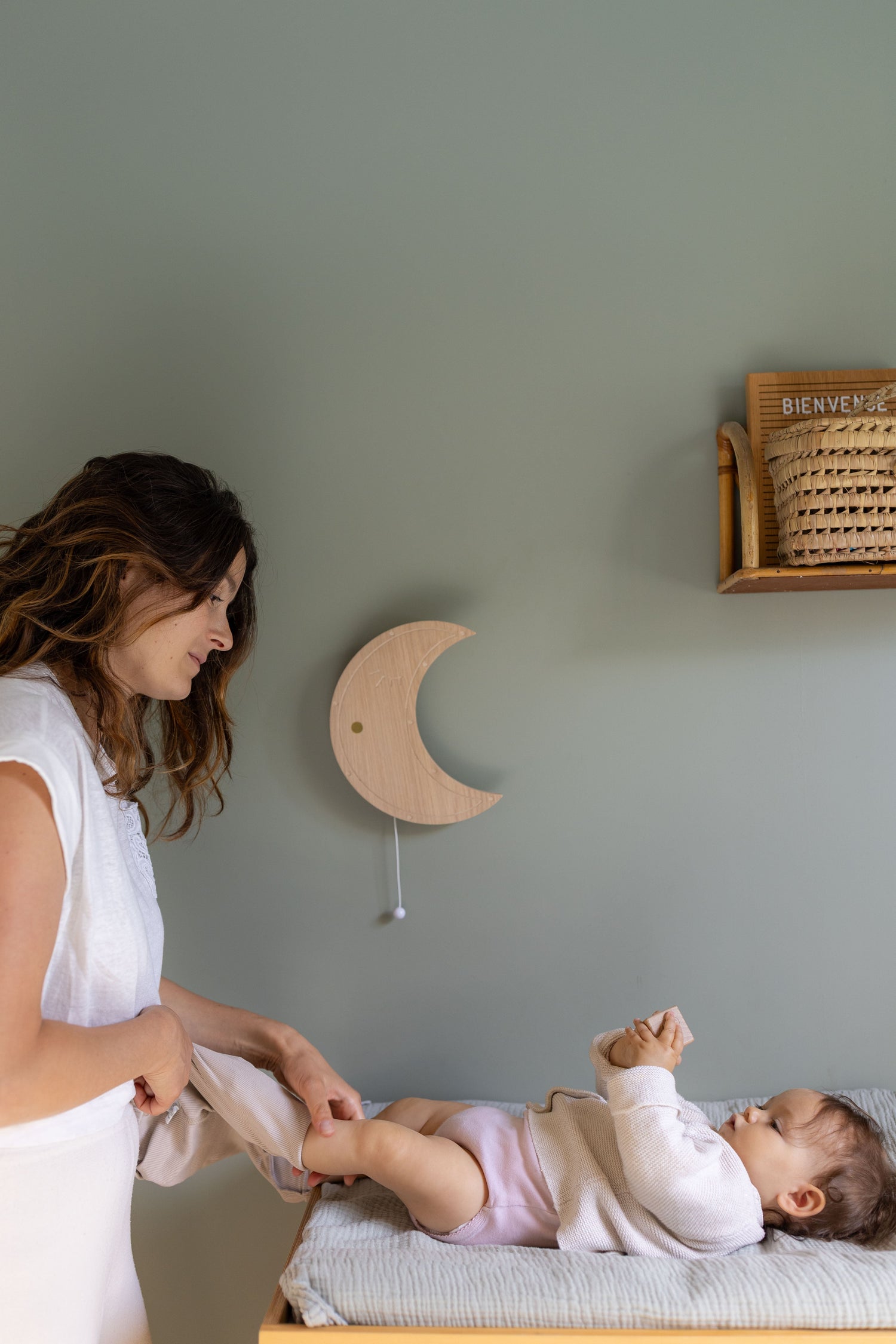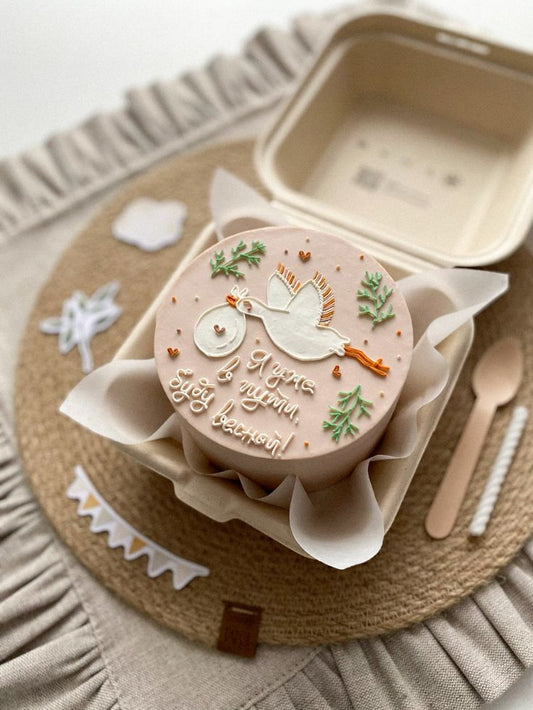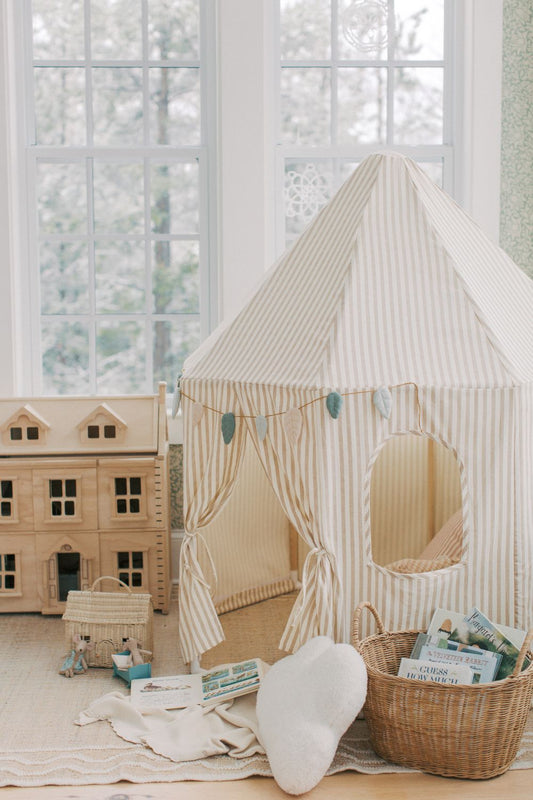
What light should you choose to help your baby sleep?
Which light should you choose for a peaceful sleep for your baby?
Lighting plays a vital role in a baby's well-being. Bright light can disrupt their sleep, while soft, appropriate lighting creates a reassuring atmosphere. Here's how to choose the best lighting for baby's sleep.
The effect of light on babies' sleep
Light directly influences the biological clock. Exposure to bright light in the evening inhibits the production of melatonin, the sleep hormone. To help your baby fall asleep peacefully, it's best to use dim lighting before bedtime.

Choosing the right light for baby's sleep:
-
Natural daylight : This is the best , and we can't stress it enough! Open the curtains and let in natural light to regulate your child's day-night cycle.
-
Soft night lights : Choose a night light with a warm light (yellow or orange) rather than a blue light that stimulates the brain.
-
Adjustable lighting : Choose lamps with dimmers to adapt the light to different times of the day.

The light colors to favor
Light colors influence mood and relaxation.
-
Yellow and orange : Ideal for a cozy and soothing atmosphere.
-
Warm white (2700K-3000K) : Provides a soft and reassuring light.
-
Cool blue and white : Avoid in the evening, as they disrupt melatonin production.

Tips for a bright and soothing bedroom
Multiply the light sources :
Don't settle for just one central lamp. Combine several types of lighting to create a soft ambiance tailored to your child's needs. A main lamp provides overall lighting for the room, a side lamp placed on a dresser or near an armchair provides targeted lighting for reading or caregiving, while a night light helps soothe your baby during the night without disturbing their sleep.
Favor natural materials :
Lampshades and light fixtures made of wood, rattan, or fabric filter light in a soft, warm way. Unlike plastic or metal, which can produce harsh glare, these natural materials create a more diffused light that's more pleasant for little ones' sensitive eyes. In addition to adding an elegant touch to your bedroom decor, they contribute to a more peaceful and reassuring atmosphere.

Use LED string lights :
Perfect for adding a poetic and magical touch to your baby's room, LED string lights provide a soft, indirect light ideal for the evening. You can arrange them along a shelf, around the bed, or hang them on the wall to create a starry effect. Opt for LEDs with a warm glow to avoid overstimulation before bedtime. Some string lights also come with a dimmer switch to adjust the brightness as needed.
Strategically place the lights :
Properly distributing light sources helps create a harmonious and functional atmosphere. Place a reading lamp near the corner where you nurse or tell your child a story. A nightlight near the bed will provide a reassuring reference point without overly illuminating the room. If possible, avoid direct lighting above the crib, as it can be uncomfortable for your baby and disrupt their sleep.

FAQ: Light and Baby Sleep
🔆 1. What light helps baby sleep?
Choose soft, subdued lighting , with warm tones like orange or amber. Avoid bright lights and blue LEDs, which disrupt the production of melatonin, the sleep hormone.
🌙 2. Should I have a night light in my baby's room?
A night light can be useful if your baby needs a reassuring cue, but it's not essential. Choose a night light with adjustable intensity and a warm glow to avoid disturbing their sleep.
🕰️ 3. When should you turn off the light to help your baby sleep?
Starting with your bedtime routine, gradually reduce the light intensity. Turn off main lights at least 30 minutes before bedtime to prepare your baby for a peaceful night.
📱 4. Do screens have an impact on baby's sleep?
Yes! The blue light from screens (tablets, phones, TV) disrupts the production of melatonin, the hormone that helps babies fall asleep. For a peaceful sleep, avoid all screen exposure at least one hour before bedtime and favor a soft, soothing atmosphere.
☀️ 5. Natural or artificial light: what should you choose during the day?
Natural light is ideal for regulating your baby's biological clock. During the day, expose your baby to natural daylight and avoid a room that's too dark. In the evening, gradually dim the lights for a smooth transition to sleep.
By carefully adjusting the lighting in your child's room, you can promote their well-being and quality sleep. A soft, soothing atmosphere contributes to their harmonious development.






